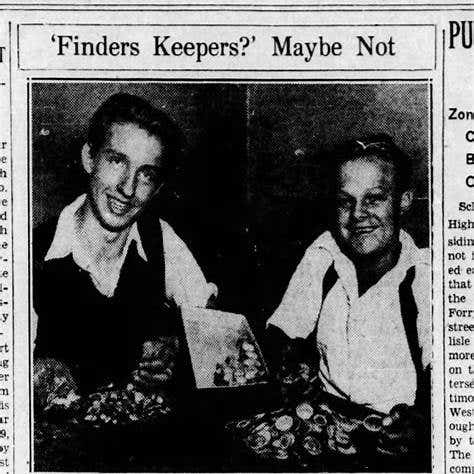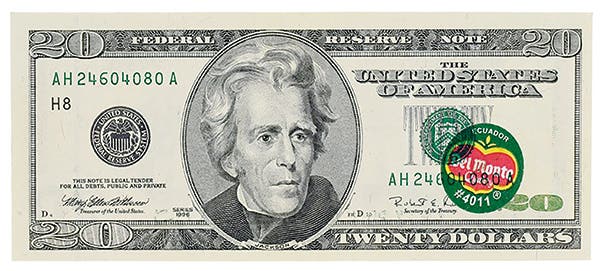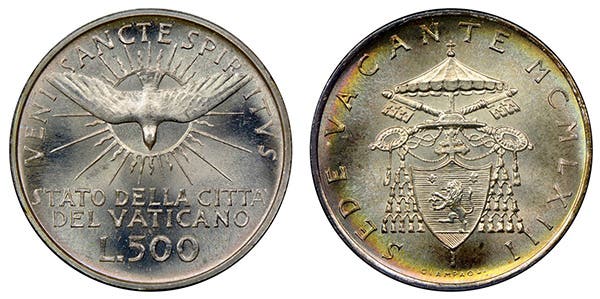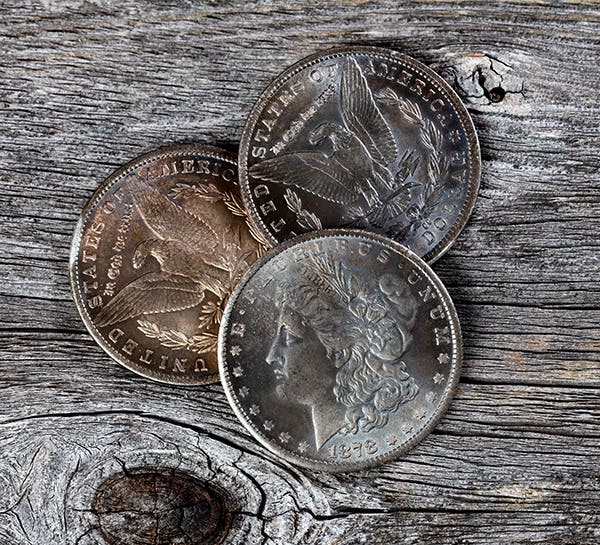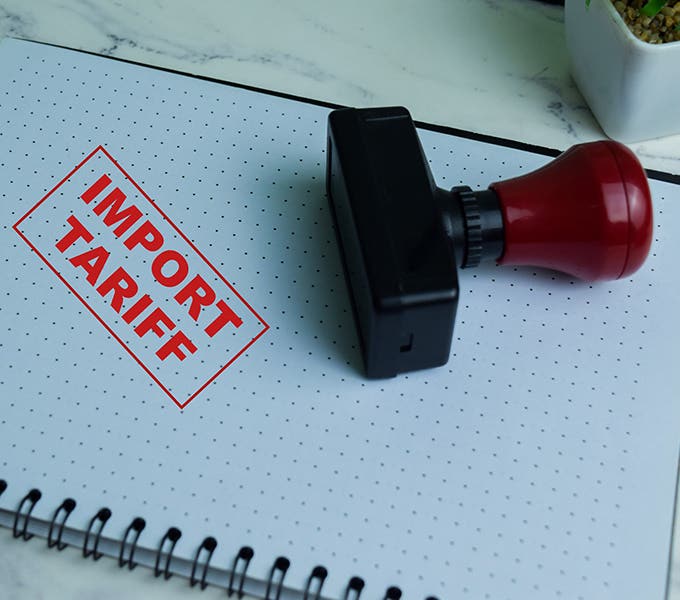Plated coins give buyers new options
The Royal Canadian Mint is issuing a 2018 gold-plated silver $20 Inuksuk coin. It is made of silver plated with gold. This isn’t the first RCM coin that has been…
The Royal Canadian Mint is issuing a 2018 gold-plated silver $20 Inuksuk coin. It is made of silver plated with gold.
This isn’t the first RCM coin that has been plated, nor is it the first precious metal composition coin anywhere to be plated. The point of this article is that there are increasing numbers of plated precious metal coins being issued worldwide. It now appears this is becoming a general practice.
Original buyers have a new option for their hobby dollars. This is good. It even inspires creative artwork that could not be achieved with homogeneous alloys.
However, years from now, when these plated pieces arrive on the secondary market without packaging or certificates of authenticity, what happens?
Part of what might concern collectors is that some of these issues are being priced as if they are composed of better metal purity than in fact they are. While collectors will hopefully know which coins are plated in precious metal or not, there is no assurance unless they have a Standard Catalog of World Coins in hand (which is always a good idea anyway).
This new Canadian coin carries a letter “P” to indicate the commemorative is plated. The coin actually contains 31.3 grams of 0.999 fine silver. The gold plating is so negligible that it shouldn’t impact the coin’s intrinsic value. Many non-circulating, legal-tender coins trade years later in the secondary markets at or near their intrinsic value due to a lack of collector demand for them.
Bonding one metal to another on coinage blanks isn’t anything new.
The fourée or subaerati was a problem in ancient Rome, these being silver-plated denarius denomination coins that passed as being of full silver content. The coins were actually composed of a eutectic or silver solder alloy. The argument today is whether these were made after hours at the mint, or if they were made with the full knowledge of the Roman government.
In more recent history, Japan issued gold-on-silver 2-shu or nishu gin coins for circulation between 1832 and 1858. The coins are composed of 0.298 grams of gold on 0.702 grams of silver.
Bonded precious metal non-circulating legal tender (NCLT) coinage appears to have begun in 1975 when a $30 gold-on-silver coin was struck by the privately owned Letcher Mint in the name of the Solomon Islands. Only the cuscus on tree limb design element is in gold, but the coin was a success since it has 5 grams of 0.999 fine gold bonded onto 24 grams of 0.999 fine silver. The coin wasn’t a success since it was released without the approval of the Solomon Islands Counsel of Ministers.
Canada has issued such bonded precious metal coins before, including its beautiful 2017 gold-plated silver $20 Marine Life issue. The RCM plans a 2018 gold-plated Maple Leaf group of coins.
A June 29, 2016, posting on the U.S. Mint website states, “The United States Mint has never produced or sold colorized coins or coins that feature a holographic or superimposed image,” while answering the question if the mint produces or sells gold-on-silver plated coins with a resounding “no.”
The U.S. Mint has released a 2018-W $5 Breast Cancer NCLT that is composed of 0.850 "pink gold" rather than what had been the standard 0.900 fine gold. Let’s hope all buyers become aware of this change.
Canada isn’t the only country now offering precious metal plated coins. A 2016-dated 100 shillings Serengeti Rhino coin was issued in the name of Tanzania, as an example, that is plated in silver.
So, where is the danger?
It appears the practice of plating coins in precious metal could cause confusion in the years ahead on officially issued precious metal plated coins, but that shouldn’t stop current collectors buying what they like.
There is a responsibility in collecting coins to learn what you are doing. The current coin buyers have paid their dues. They have earned the right to buy what they like. Mints have a right to sell beautiful new numismatic artwork.
The next generation will have to pay its dues as we did and learn to shift for itself.
This article was originally printed in World Coin News. >> Subscribe today.
More Collecting Resources
• Keep up to date on prices for Canada, United States and Mexico coinage with the 2018 North American Coins & Prices guide.
• Check out the newly-updated Standard Catalog of World Coins, 2001-Date that provides accurate identification, listing and pricing information for the latest coin releases.



